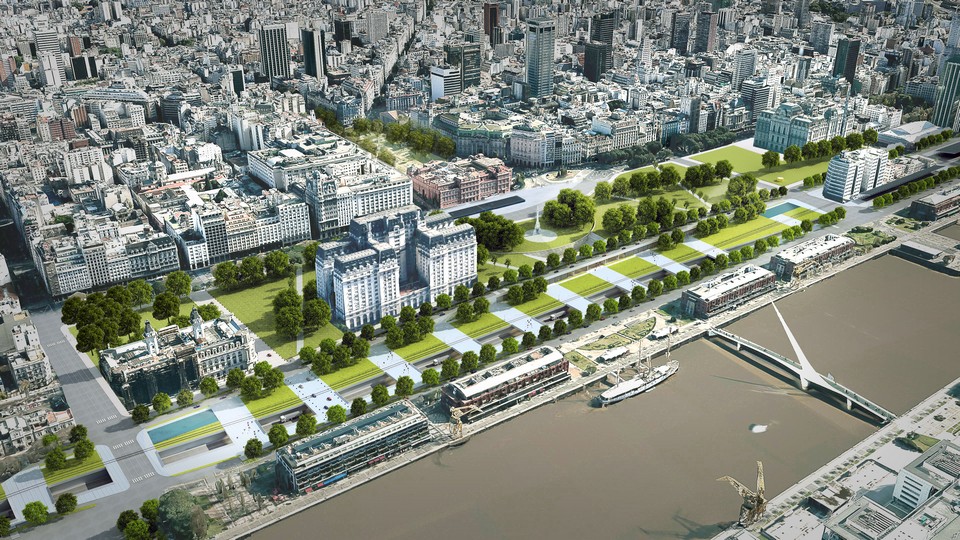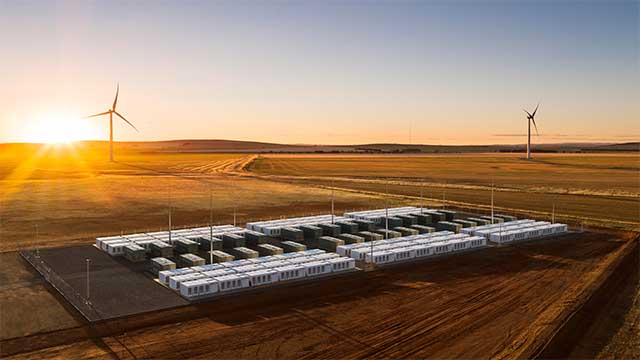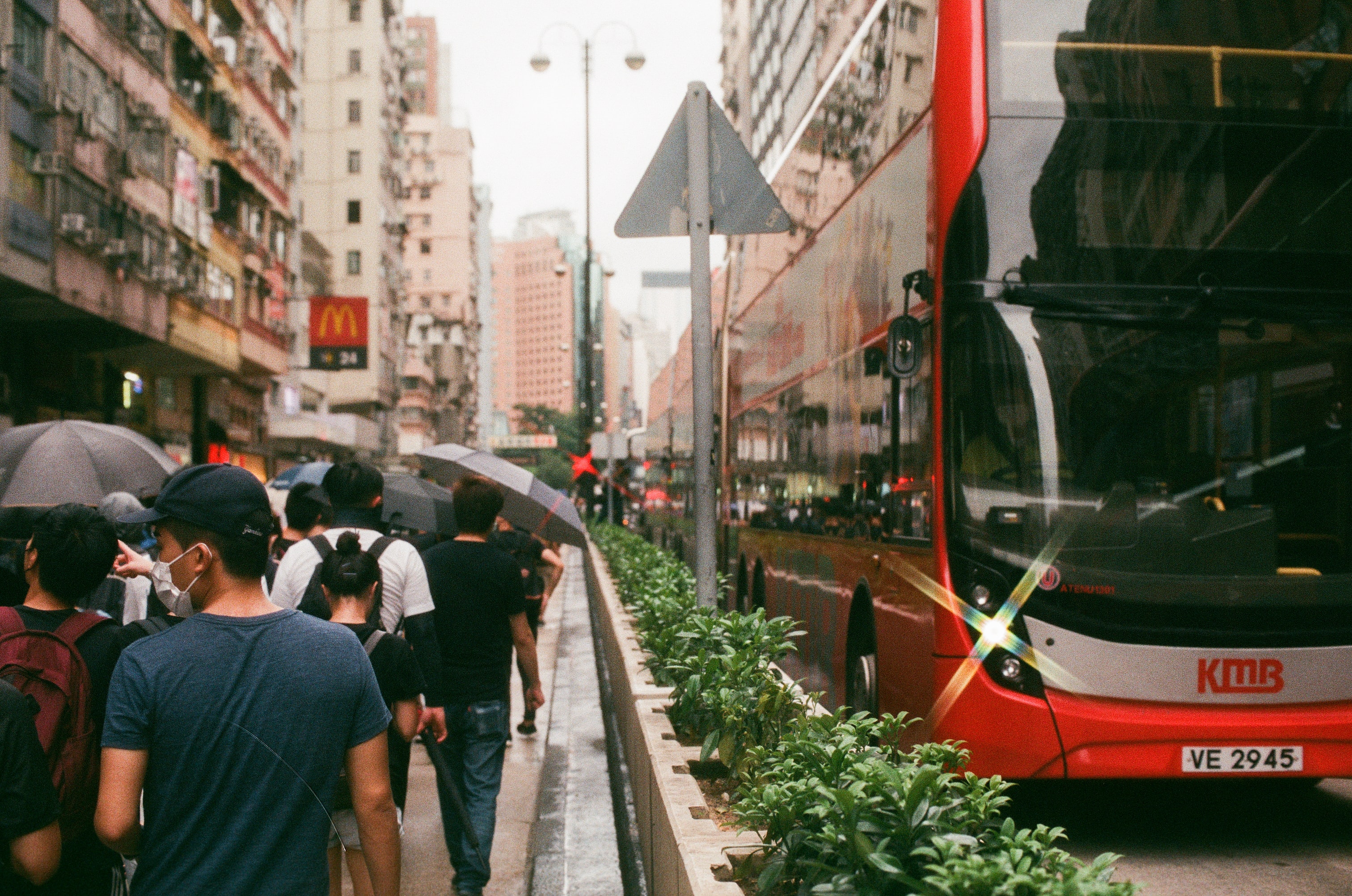1740 results found
Featured results



More results
Smart meters collect and transmit real time water usage data from users, which can be used for billing, improve water efficiency and enhance customer experience.

The Energy Division of the Infrastructure and Environment Sector (INE/ENE) of the Inter-American Development Bank has launched a technical cooperation project called "Smart Grid and Its Application in Sustainable Cities" .


This paper introduces the Smart Region Index to assess local infrastructure gaps in Central, Eastern and South-Eastern Europe (CESEE) regions compared with the EU.

Winning communities of the Smart Cities Challenge sign a contribution agreement with the Government of Canada for a five year period.
An alternative means of conducting waste management and cleaning in stations through robots that spray cleaning chemicals (e.g. hydrogen peroxide) onto surfaces.
This report outlines how in recent years Armenia has made significant strides in reforming the water sector by developing policies, enacting laws, and drawing up plans, programs and strategies aimed at improving water service provision

The Small Cities Sanitation Programme is a EUR 150 million programme undertaken by the Office National de l’Assainissement, (“ONAS”, the Company”) to build 24 new wastewater treatment plants (“WWTP”) and rehabilitate and upgrade the sanitation network (including 862 kilometres of new primary and secondary networks and construction of 30 new pumping stations) to EU equivalent standards in 33 Tunisian cities of less than 10,000 inhabitants (the “Project”).
In the context of the US Inflation Reduction Act, GI Hub’s Director of Knowledge Mobilisation, Sam Barr explores the complexity of intergovernmental coordination and the risks this poses to climate action.
Increasingly, infrastructure leaders, investors and developers are recognising the need to not only increase the quantity of infrastructure investment globally to drive economic growth, but also the quality of infrastructure investment, to ensure that that growth and development is inclusive and sustainable.
Singapore has implemented practices that increase the transparency and fairness of public procurement, which help drive investment activity in infrastructure projects

The GBP 4.2bn Thames Tideway Tunnel ( TTT ) project, a 25km tunnel to run beneath the River Thames in the centre of London, is the largest sewer improvement project to be conducted in the UK for over a century.
The USD 1.1 billion Pennsylvania Rapid Bridge Replacement (RBR) Project is the first multi-asset public-private partnership (PPP) project to be undertaken in the US, using a bundled contract approach to replace 558 structurally deficient (SD) bridges across Pennsylvania.
The USD 700 million Paseo del Bajo project is a transformative road corridor project being developed by the City of Buenos Aires (CABA) in Argentina to ease traffic and improve connectivity between the North and South areas of the city.
The Hornsdale Power Reserve is the world s largest lithium-ion battery which is helping to manage summertime peak load, reduce intermittencies and improve the security of South Australia s electrical infrastructure.
The USD 508.62 million CLSG Interconnector Project is a landmark cross-border project involving the construction of a transmission line of over 1,300km, with the aim to interconnect the CLSG countries’ energy systems into the West Africa Power Pool (WAPP) regional energy network.

Regulatory capital frameworks require banks and insurers to put aside more capital for infrastructure investments than is warranted by their historical credit performance



Regional private investment in infrastructure has seen divergent trends in the post-COVID era, with Western Europe and North America emerging as the two strongest performers, followed by Latin America. Meanwhile Asia, while maintaining relatively stable investment as a share of regional GDP, has experienced the sharpest decline in its share of global private investment in infrastructure, as Western Europe and North America expand their shares. Other regions have seen weaker investment in the post-COVID era (Africa, Oceania, Middle East), or remained stagnant (Eastern Europe).



This policy outlook paper series is part of the Leadership Partner Program with the National Australia Bank.


This case study looks at how Transit Oriented Development (TOD) is undertaken in Tokyo, in one of the most densely populated urban environments, to successfully improve passenger experience and footfall. The Shibuya redevelopment project looks at using TOD to gentrify the local area across the five urban schemes that make up the overall redevelopment: Hikarie Culture Core, Station Central, D?genzaka project, Station-South, and Sakuragaoka project. The project is being completed in stages.





 Transformative Outcomes Through Infrastructure
Transformative Outcomes Through Infrastructure









